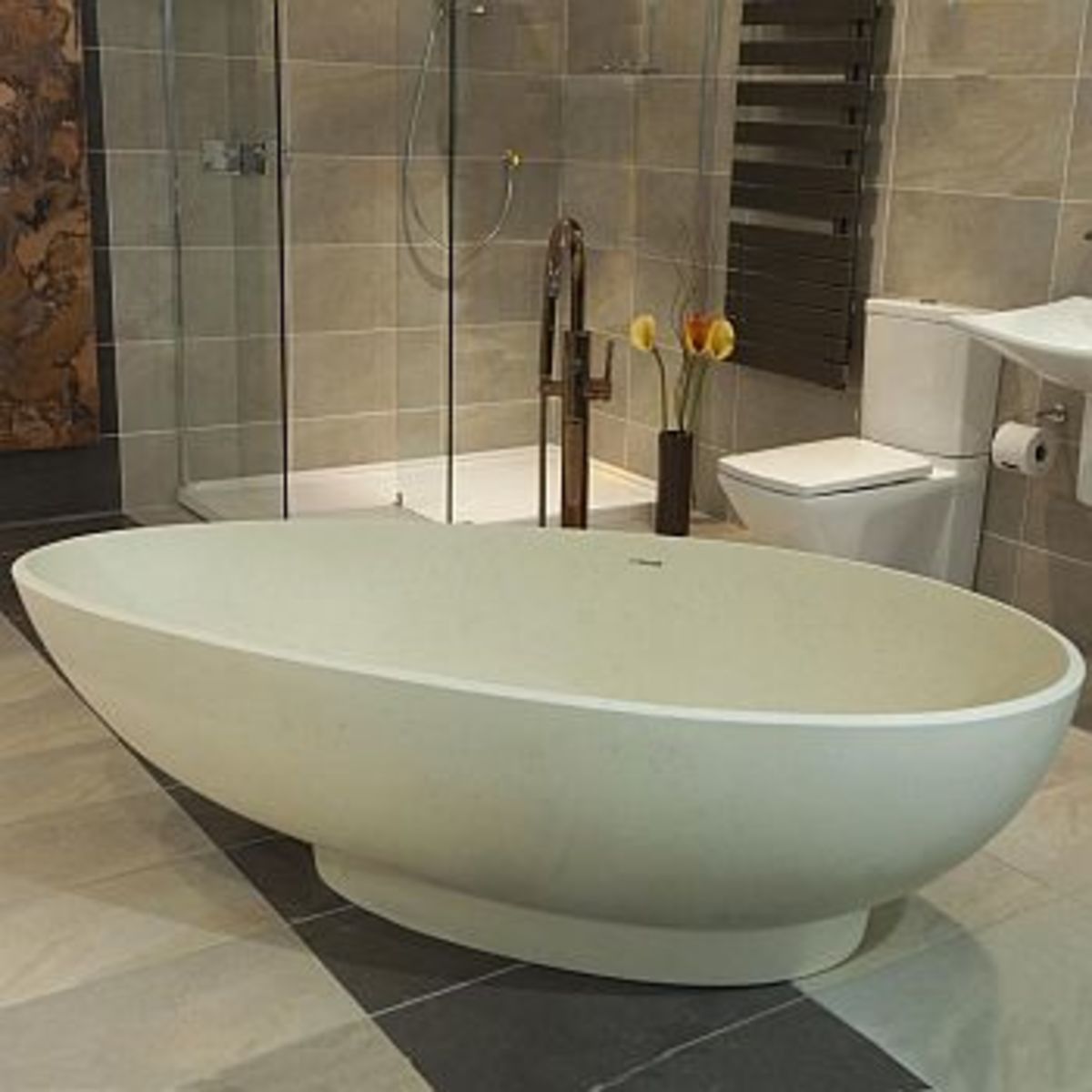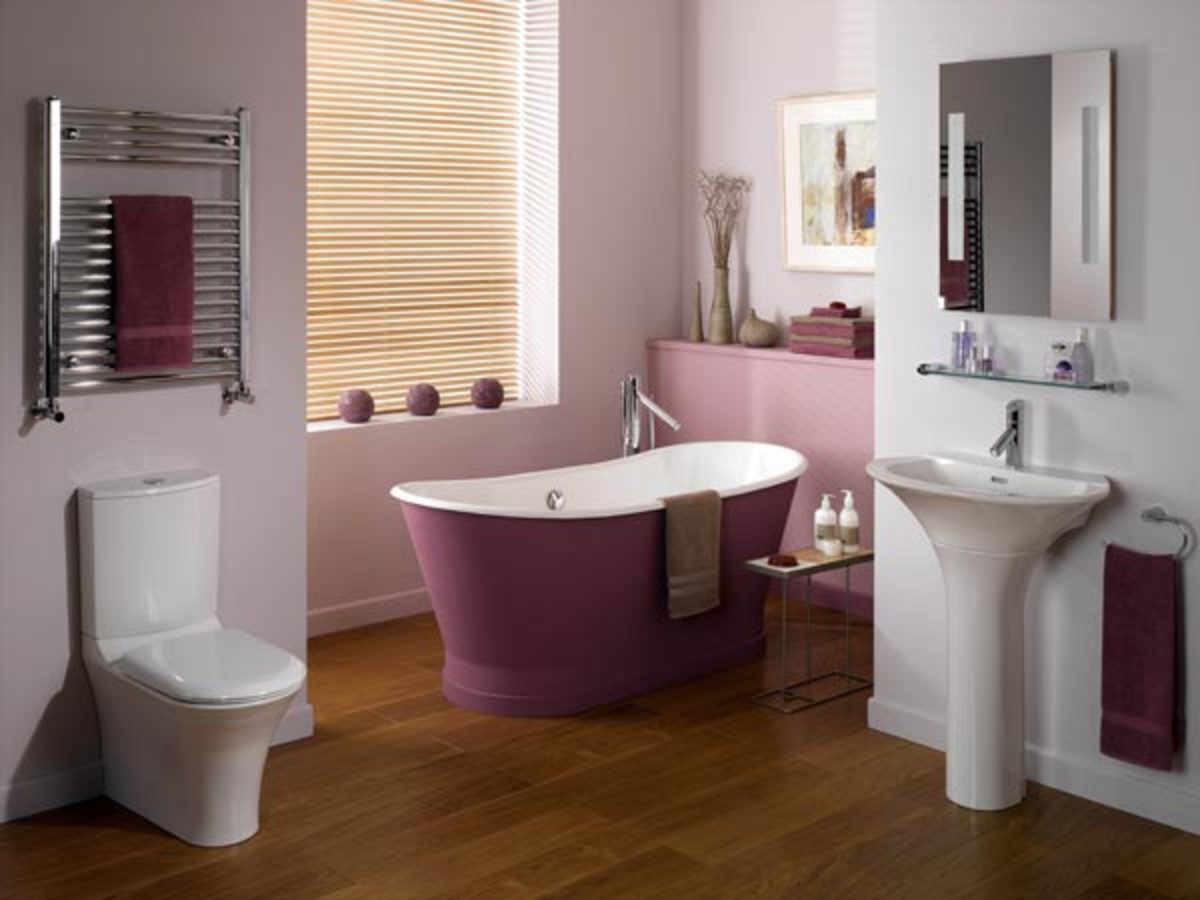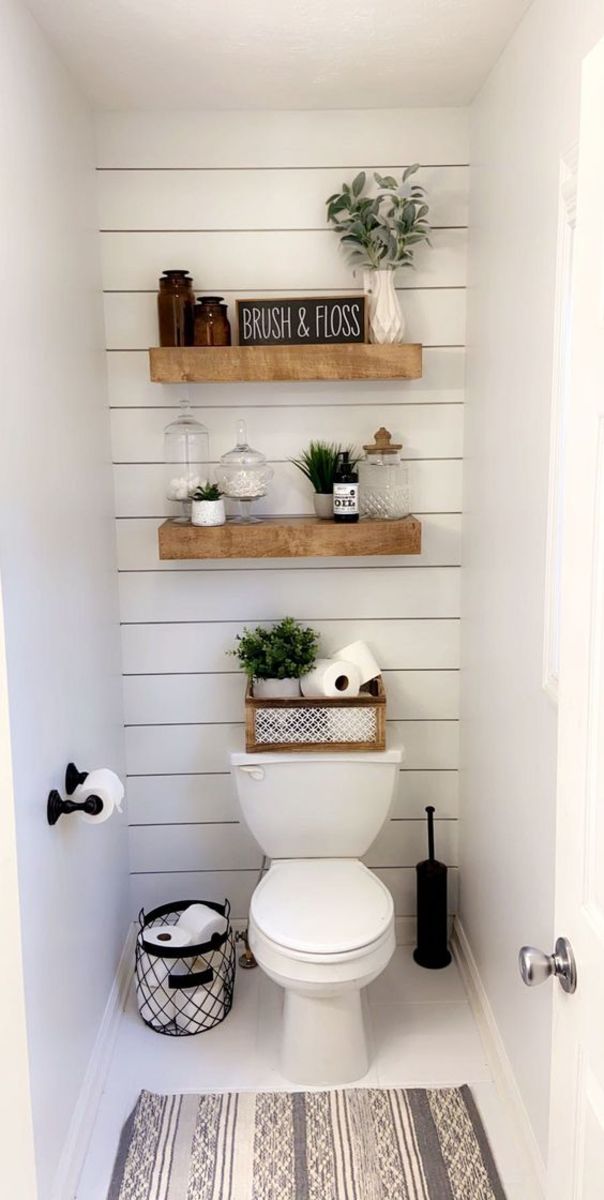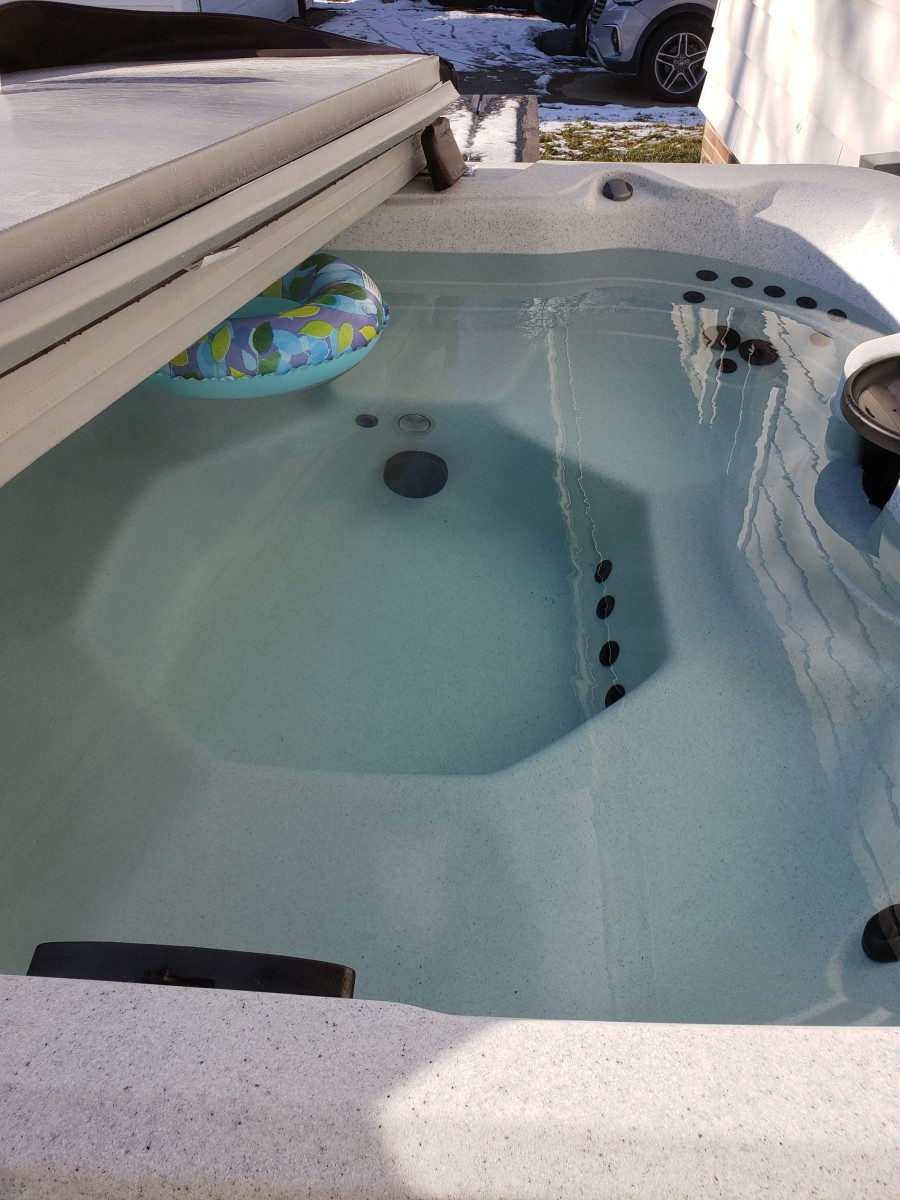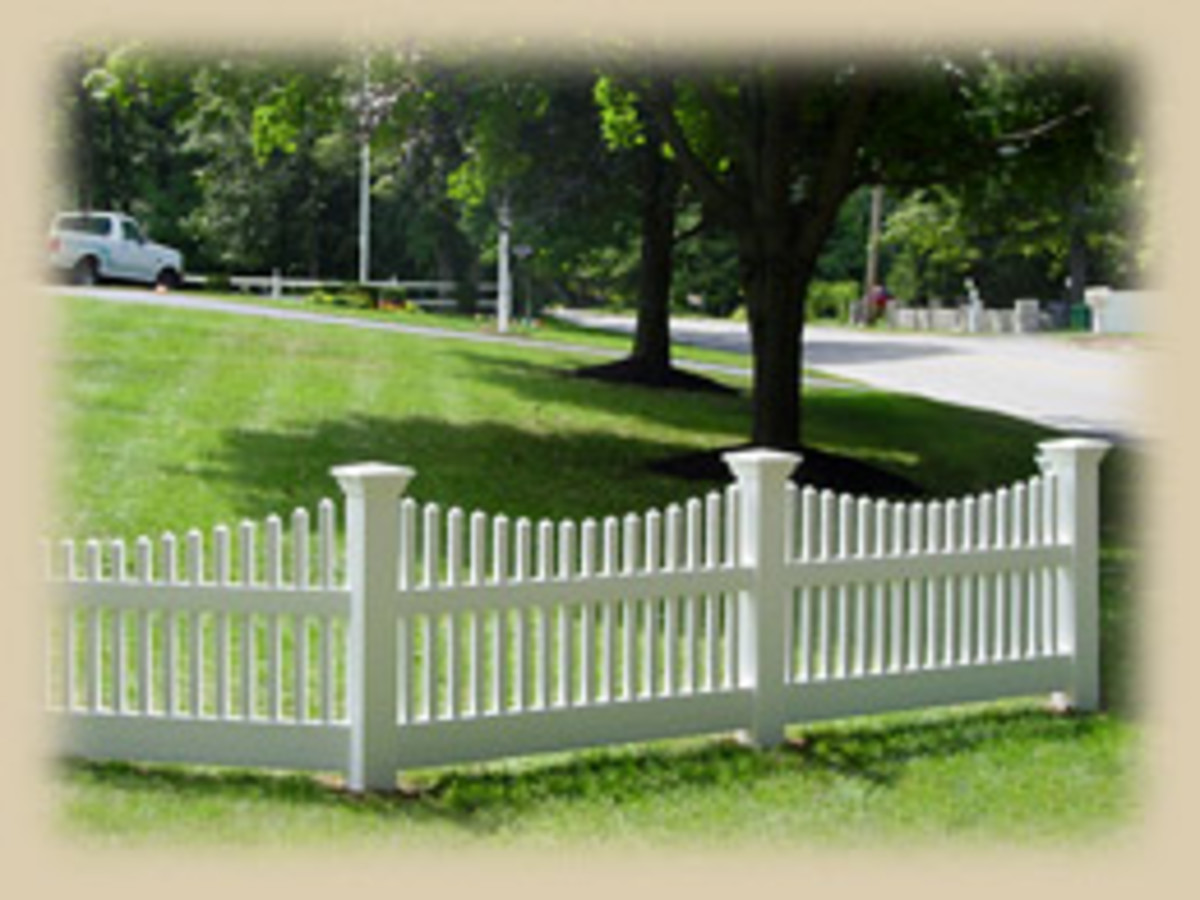The Beautiful Bathroom design
The Beautiful Bathroom design
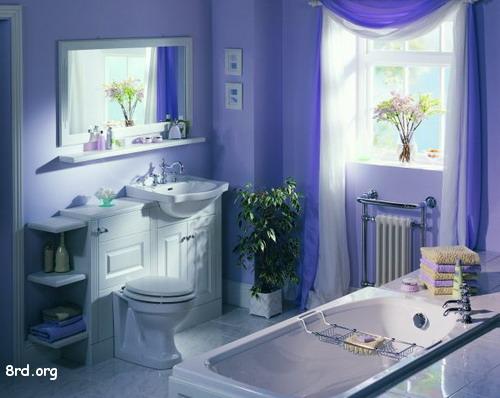
Most bathrooms are small so you can make a big splash with the minimum of money and effort.
The standard bath is 168 cm (5 ft 5 in) long and 71 cm (2 ft 4 in) wide but sizes increase and decrease in 10 cm (4 in) measurements. The longest available is 183 cm ( 6 ft) and will be worth having if you are tall and there is room in your bathroom. The shortest in a conventional shape ( see the bathroom on picture is only is a 91 cm ( 3 ft) hip bath where you site on one level with your feet lower down. Although hip baths are a good idea for elderly people who may have difficulty pulling themselves up from a horizontal position even with the aid of hand grips, they are not much use if you like wallowing in water. If you are that short of space you are probably better off thinking in terms of a shower instead. More adventurous corner baths double-baths and circular baths demand plenty of room cost a lot more money and need careful handling if they are not to look mock-Hollywood. If you have the space but can't afford a spectacular bath one way of making an ordinary version look important is to place its head against the centre of the wall and use it lengthways so it projects into the room.
Types Of Bath
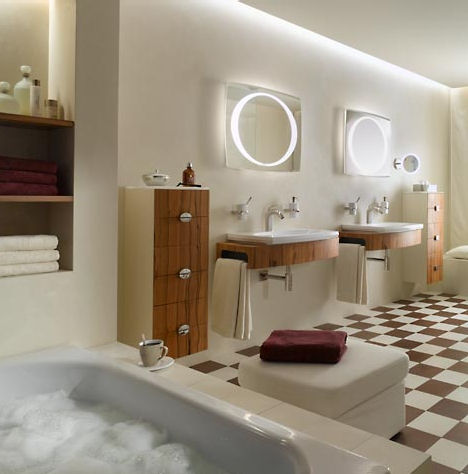
Although porcelain-enameled cast iron baths are the best-looking and most hard-wearing they are more expensive and exceedingly heavy-any builder will hate you if you want to install one.
Vitreous-enameled pressed steel baths are half the weight much cheaper cast iron, the enamel will chip if brutally treated. Quality depends on the thickness of the steel and shapes and colours are relatively limited.
Acrylic baths are cheaper than steel, and come with a supporting cradle to keep them rigid. One of their main advantages is that they are very light. a single man can carry a bath on his back like a turtle which makes acrylic the builder's favorites. They also offer an exciting range of colours can be molded to a variety of shapes and are warm-so they don't steal so much heat from the water. However they have some serious snags. Although non-chip they are so easily scratched that they can't be cleaned with an abrasive powder; they melt if they come in contact with a lighted cigarette; and they shift when you get in them, which feels rather disconcerting.
Glass fiber reinforced resin baths are at they luxury end of the market because they are built up in layers on a mould by hand. They share similar advantages and disadvantages with acrylic but whereas acrylic baths are coloured throughout their thickness only the surface of a glass fiber bath is coated with colour so any deep scratch would show up badly. Their main and really worthwhile advantage is that it's possible to bond a fabric to the surface, producing a bath with a pretty overall pattern. It's also possible to provide custom-made shapes specially mounded to suit your situation.
Building In The Bath
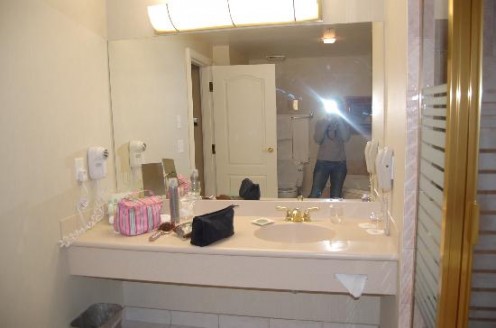
With the exception of original or reproduction Victorian baths, which come with a handsome rolled top and marvelous ball and claw feet, all types of baths need paneling in. With a few baths, the panels are integral to the design; but usually they have to be added as an extra. The standard panel is made of hardboard, and needs fixing to a specially built wooden frame. It can be painted, covered with a vinyl wall covering or PVC' d fabric; even covered with a non-absorbent nylon carpet if this is what you have used on the floor. But if you want to tile the sides of the bath, you will need to fix a panel of something firmer, like block board, to the wooden frame.
If you want to panel the bath with wood, fixing it direct to the wooden frame, all kinds of possibilities open up. you can used tongued-and-grooved pine horizontally - which can make a narrow bathroom look wider, or if you want a traditional bathroom, you cam make a modern bath look mellow and established by adding genuine wood paneling-as the picture on page 111, opposite. Whatever your approach, however, be sure that the panel is removable for access to plumbing.
Turning To Taps
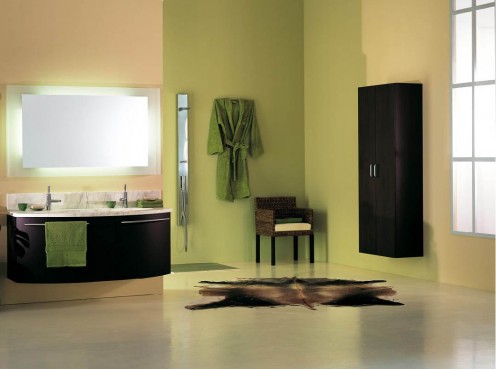
Do specify where you want the taps before buying a bath. They don' t have to go at the end above the plug-hole. They can go across the corner, which if a bath is shared, does away with the argument about who gets the tap end. They can be at the side where they are easy to reach, with the spout still located at the plug end. They can be wall-fixed either at the side or the end, leaving the bath-rim clear and easier to clean. This always looks streamlined, but does mean either chasing the plumbing into the plaster, or concealing it behind a duct or false wall.
Picking The Basin
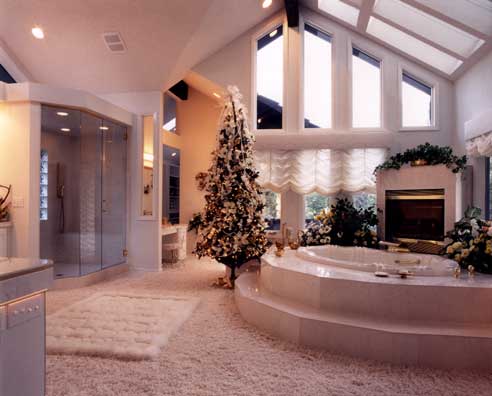
Wall-hung basins, fixed on brackets, are the cheapest and easiest to install, provided you have a solid wall. You can fix them at the height that suits you best: about 80 cm (30 in) is usually recommended. The snag is that unless the plumbing is hidden behind a false wall, you are going to see the hot, cold and waste pipes traveling down to the floor.
Pedestal basins:
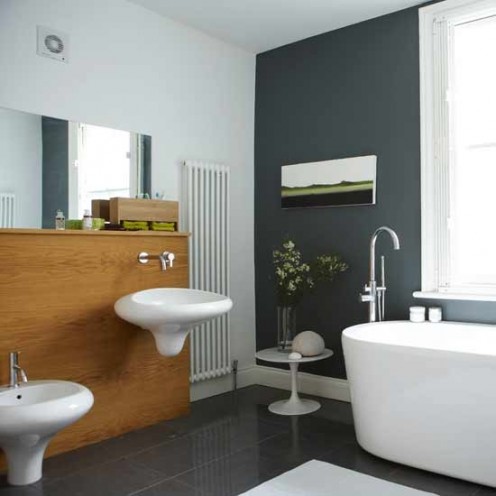
Pedestal basins rest on a pedestals as well as being screwed to the wall-so their height is fixed-and the floor space is interrupted. Unfortunately, the pedestal hides only the waste pipe completely; the hot and cold pipes still remain visible, which can look more irritating than obviously exposed plumbing.
Counter-top basins
Counter-top basins, where the basin is set into a vanity unit hide the plumbing provide storage, and give a neat built-in look. Ready made vanity units are reasonably cheap-but may not come in the size you need for a wall-to-wall or alcove fit. The counter can be made from any waterproof material, from plastic laminate to ceramic tile from hardwood to marble. If you are a splash-happy family, consider a basin with an inner lip to prevent water from slopping onto the counter top. Alternatively some vanity basins have a front overhang, so there is no need for a waterproof joint at the there is no need for a waterproof at the front where most of the over splashing occurs. Whichever inset basin you choose make sure it has ample toe-space underneath.
Small basins
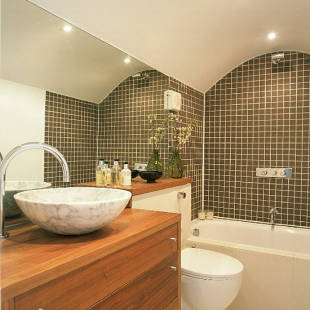
////small basins and corner basins are available for separate toilets or mini-bathrooms-see the minuscule wall-hung basin on picture that only projects 15 cm ( 6 in) from the wall. These are only good of course for hand-washing facilities. If you want to use the basin for washing your hair or doing light laundry, look for a basin with a relatively flat bottom rather than one that narrows towards the plug-hole-or perhaps as in the bathroom on picture use a kitchen sunk instead.
Basin taps don't have to be conventionally placed. They can go across the corner or be wall-fixed; if you tend to wash your hands under running water, you might prefer a mixer tap. Pop up wastes look tidier than the traditional plug and chain but they are more expensive the basin emits more slowly and the mechanism can go infuriatingly wrong.
Read more hubs:
Choosing The Lavatory BathroomChoosing The Lavatory Bathroom
The important dining room
The tiny dining room
The beautiful bedroom ideas
Storage for the bedroom
Children's Rooms Interior Designs
The Beautiful House Hall Decorating Tips

